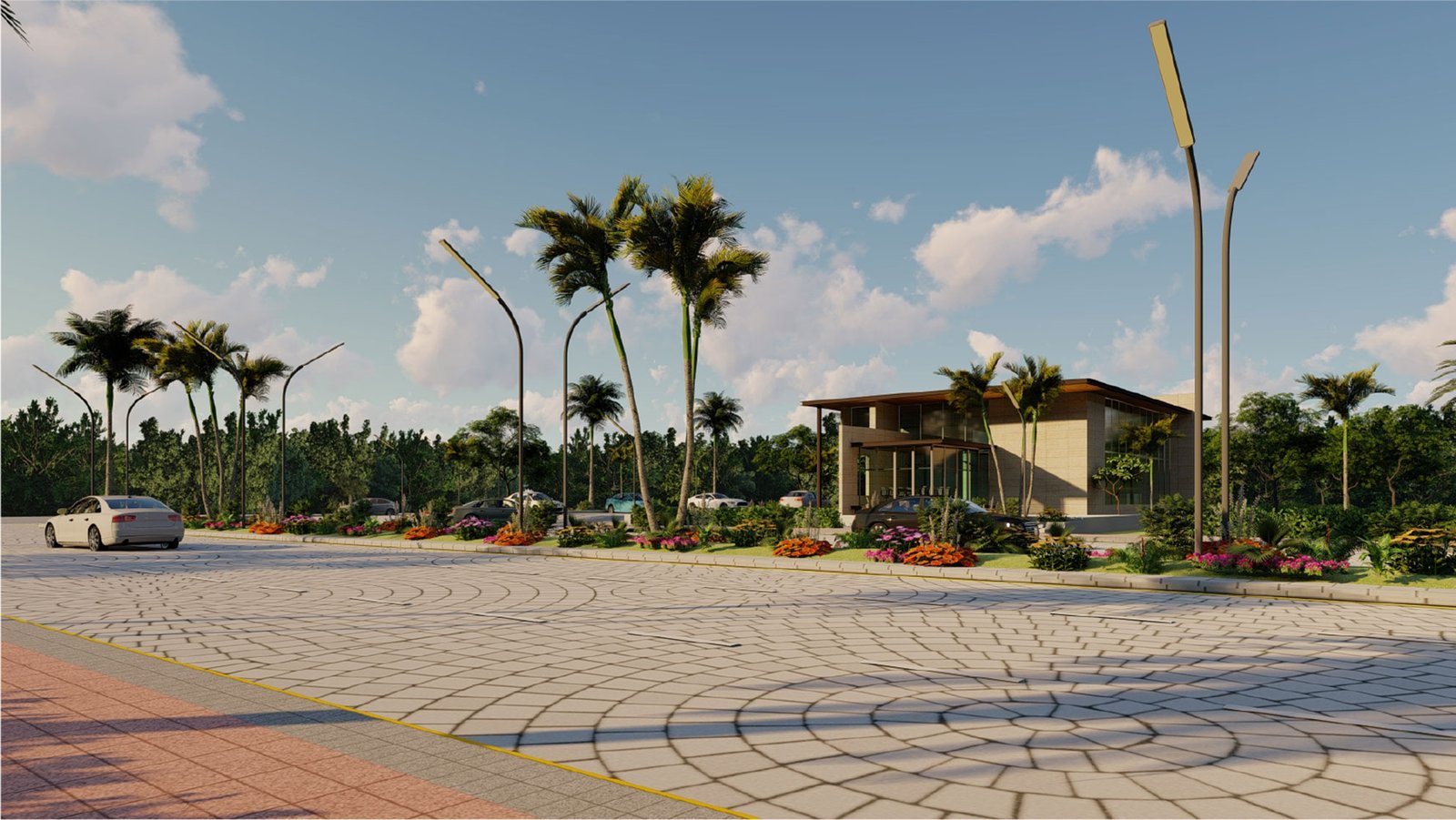
Introduction
The real estate market is closely intertwined with the overall economic conditions of a country or region. As the economy experiences fluctuations and shifts, the real estate sector is significantly impacted. In recent times, the global economy has faced unprecedented challenges, and the current economic situation has left its mark on real estate markets worldwide. In this blog, we will delve into the various ways in which the current economic situation has influenced the real estate markets and explore the implications for buyers, sellers, and investors.
Slowdown in Demand and Sales
The current economic situation in Pakistan has resulted in a notable slowdown in the demand and sales of real estate properties. High inflation rates and rising cost of living have reduced consumer purchasing power, making potential homebuyers more cautious about making large investments. Additionally, the tightening of credit availability and increased uncertainty have further dampened buyer activity. As a result, the real estate market has witnessed a decline in demand, leading to stagnant or decreased property sales across the country.
According to data from the State Bank of Pakistan, the year-on-year growth rate of housing finance disbursement slowed down to 1.1% in the third quarter of the fiscal year 2020-2021, compared to 27.8% in the same period of the previous year. This indicates a clear impact of the current economic situation on the demand for real estate and the ability of buyers to secure financing.
Impact on Property Prices
The current economic situation has also had a significant influence on property prices in the real estate markets of Pakistan. High inflation and currency devaluation have put upward pressure on property prices. The increased cost of construction materials and the overall cost of doing business in the real estate sector have contributed to rising property prices in many areas.
However, it is important to note that the impact on property prices can vary depending on location and market conditions. While some areas have experienced a slowdown in price growth or even a slight decline, certain prime locations in major cities have remained relatively stable or experienced modest price increases.
According to the Pakistan Bureau of Statistics, the average House Rent Index in Pakistan increased by 8.3% during the fiscal year 2020-2021. This indicates that despite the economic challenges, rental prices have witnessed upward movement, albeit at a slower pace compared to previous years.
Shifts in Investment Patterns
Investment patterns in the real estate sector have also undergone shifts due to the current economic situation. Investors have become more cautious and selective in their real estate investments, considering the higher perceived risks associated with the economic downturn. Some investors have shifted their focus from residential properties to commercial real estate or other alternative investment options.
The State Bank of Pakistan’s data shows that the net foreign investment in the real estate sector declined by 49.5% during the fiscal year 2020-2021, reflecting a cautious approach by foreign investors amidst the economic challenges. However, local investors have continued to show interest in the real estate sector, particularly in well-established and reputable projects offering stability and potential returns.
Ample Space and Community Living
One of the significant advantages of suburban living is the availability of spacious properties. Unlike cramped apartments and townhouses in the city, suburban real estate offers larger homes with ample rooms, multiple bathrooms, and yards. This additional space provides families with the opportunity to grow and enjoy a higher quality of life. Moreover, suburban areas often foster a sense of community, with neighbors connecting and engaging in activities together, creating a close-knit and supportive environment for residents.
Changes in Mortgage Rates and Financing Options
The current economic situation has also influenced mortgage rates and financing options available to buyers in Pakistan. In an effort to stimulate economic activity, the State Bank of Pakistan has implemented various monetary policy measures, including reducing the policy rate. This has led to lower mortgage rates, making borrowing more affordable for potential homebuyers.
According to the State Bank of Pakistan, the weighted average lending rates on housing finance declined from 9.22% in March 2020 to 7.58% in March 2021. This decrease in mortgage rates has incentivized some buyers to enter the market, providing a boost to the real estate sector amidst the economic challenges.
Furthermore, the government has introduced initiatives such as the Naya Pakistan Housing Program and various subsidy schemes to facilitate affordable housing for low-income segments of the population. These initiatives aim to improve access to financing and support the growth of the real estate sector.
Impact on Commercial Real Estate
The current economic situation also affects the commercial real estate sector. Economic downturns can lead to business closures, downsizing, and reduced demand for office spaces, retail properties, and industrial spaces. Remote work trends, which have become more prevalent during the pandemic, can further impact the demand for commercial real estate. These factors can result in increased vacancies and downward pressure on rental rates. However, it is worth noting that certain sectors such as warehousing and logistics may experience increased demand due to the rise in e-commerce.
Government Intervention and Policy Changes
The government has implemented various measures to stabilize the economy and support the real estate sector during the current economic situation. The Naya Pakistan Housing Program, launched by the government, aims to provide affordable housing solutions and stimulate economic growth. Additionally, tax incentives, infrastructure development initiatives, and regulatory reforms have been introduced to attract investment and improve the overall business environment.
These government interventions and policy changes have the potential to positively impact the real estate markets in Pakistan, create opportunities for buyers and investors, and contribute to long-term growth and stability in the sector.
Long-Term Outlook and Recovery
While the current economic situation has presented challenges for the real estate markets, it is essential to consider the long-term outlook and potential for recovery. Historically, real estate has shown resilience and has often recovered from economic downturns. As economies stabilize and confidence returns, the real estate markets can regain momentum. The IMF’s World Economic Outlook projects a rebound in economic growth for Pakistan in the coming years, which can have a positive spillover effect on the real estate markets. Government interventions, improving economic indicators, and shifting buyer preferences can contribute to the recovery and growth of the real estate sector.
Conclusion
The current economic situation in Pakistan has had a notable impact on the real estate markets, including a slowdown in demand and sales, changes in property prices, shifts in investment patterns, changes in mortgage rates and financing options, and the impact on commercial real estate. However, government interventions, policy changes, and the potential for economic recovery provide reasons for cautious optimism. It is essential for buyers, sellers, and investors to closely monitor economic indicators, market dynamics, and government initiatives to make informed decisions in navigating the real estate market during these challenging times. While short-term challenges exist, the long-term outlook for the real estate sector in Pakistan remains hopeful, with the potential for stability, growth, and opportunities on the horizon.



